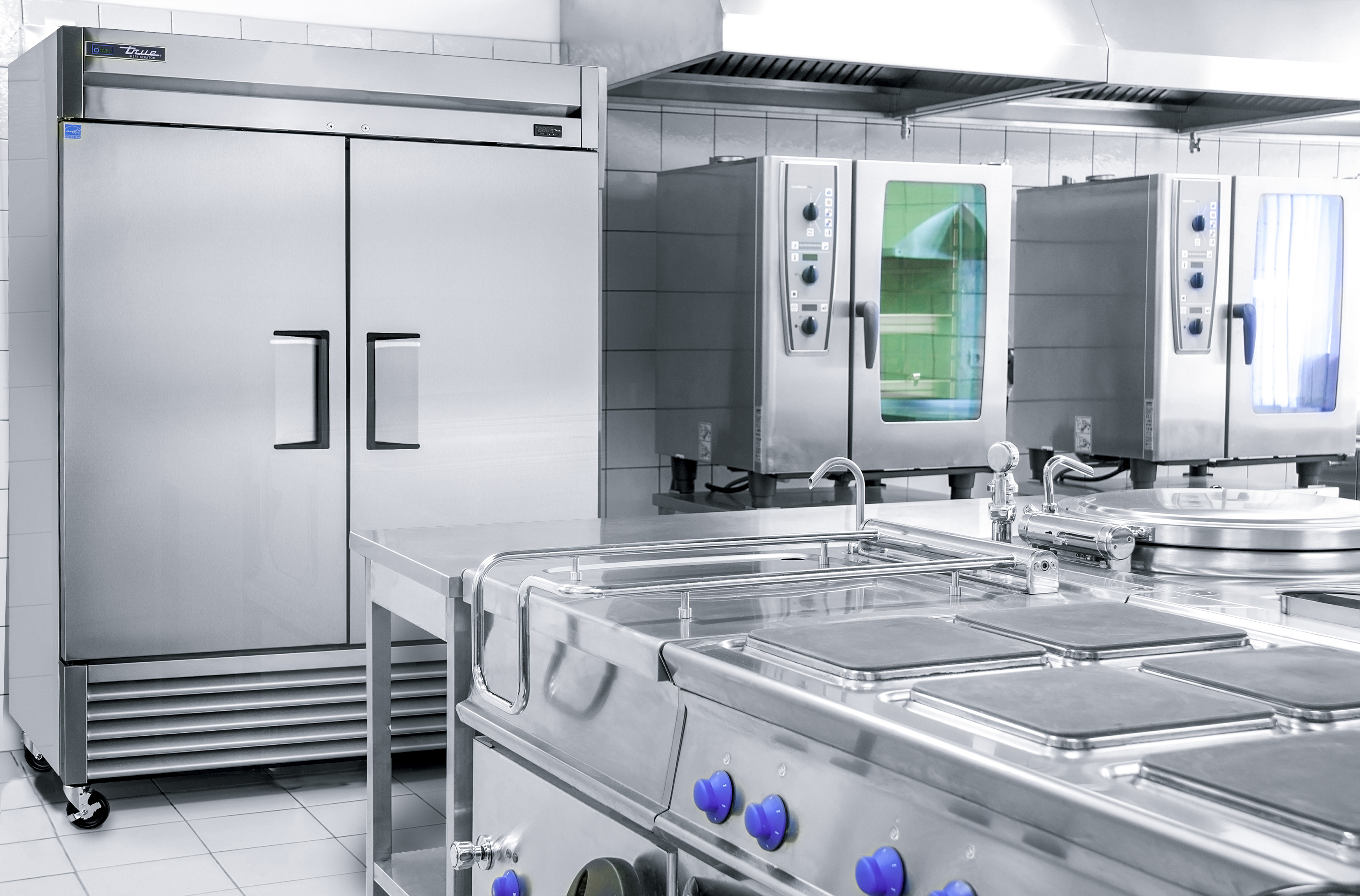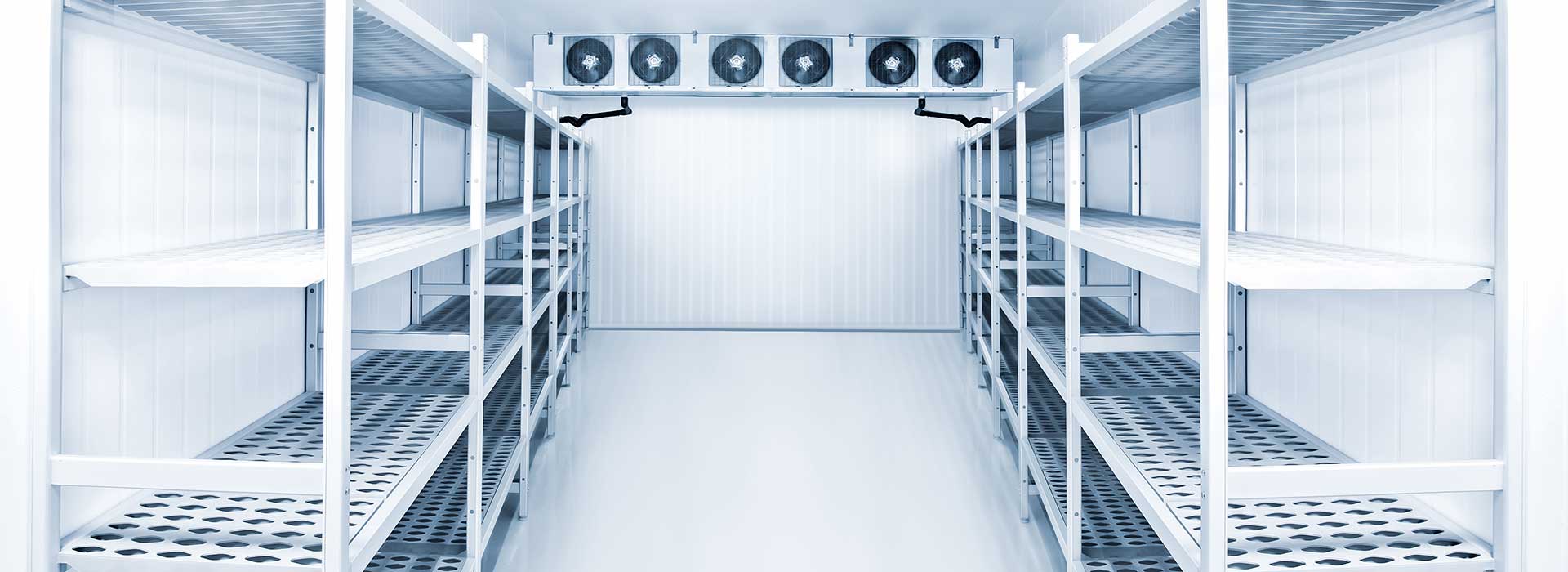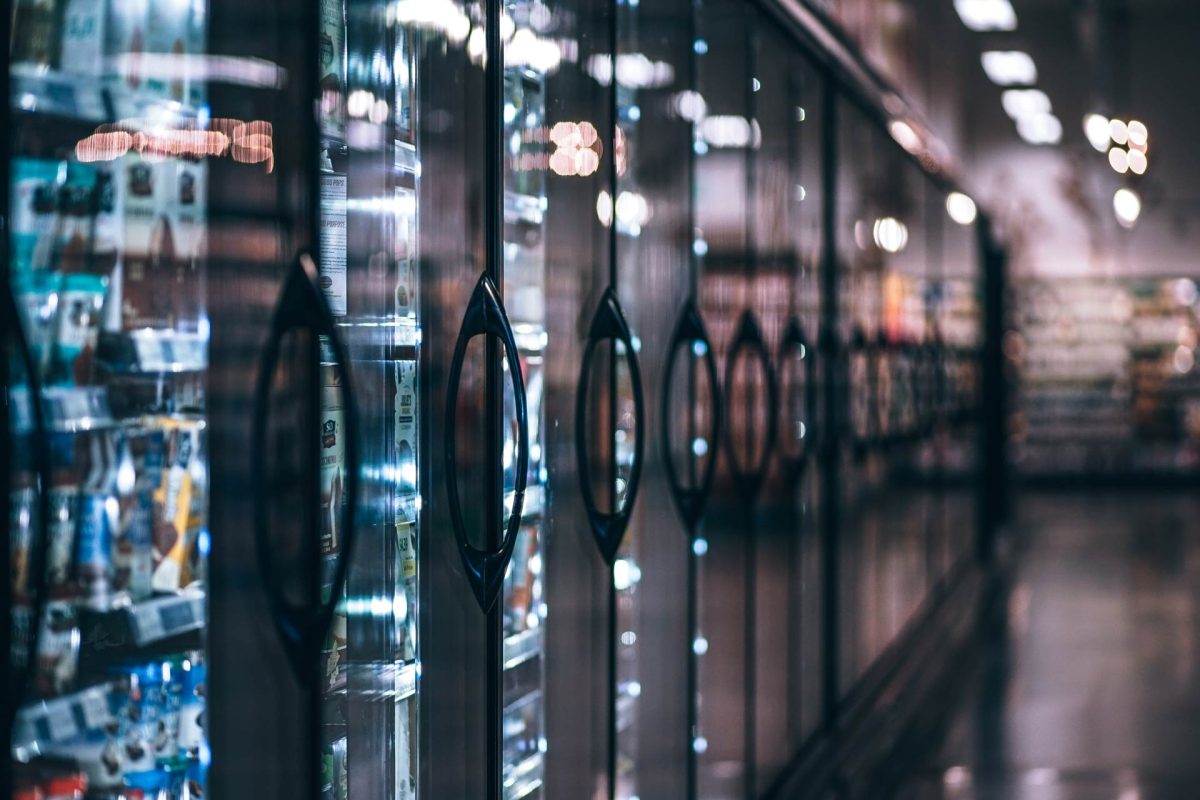Refrigeration is an essential technology that enables us to store and transport food, medicine, and other temperature-sensitive products. It involves the transfer of heat from a low-temperature space or substance to a high-temperature space or substance, using a refrigeration system that comprises various components such as compressors, evaporators, condensers, and expansion valves. In this article, we will explore the principles, systems, and applications of refrigeration in detail.
Refrigeration Principles
 Refrigeration is based on the fundamental principles of thermodynamics, which describe the behavior of heat and energy in physical systems. There are two key principles of refrigeration: the first law of thermodynamics and the second law of thermodynamics.
Refrigeration is based on the fundamental principles of thermodynamics, which describe the behavior of heat and energy in physical systems. There are two key principles of refrigeration: the first law of thermodynamics and the second law of thermodynamics.
The first law of thermodynamics, also referred as the law of conservation of energy, clearly stipulates that energy cannot be created or destroyed, but can only be transferred or converted from one form to another. In the context of refrigeration, this means that the heat energy in a warm substance or space can be transferred to a cooler substance or space, but the total amount of energy remains constant.
The second law of thermodynamics states that heat always flows from hotter to cooler regions, and it is impossible for heat to flow spontaneously from a colder to a hotter body. This law explains why refrigeration requires a constant input of energy to move heat from a low-temperature substance or space to a high-temperature substance or space.
Refrigeration Systems
A refrigeration system typically consists of four main components: a compressor, an evaporator, a condenser, and an expansion valve. These components work together to transfer heat from a low-temperature space or substance to a high-temperature space or substance, by compressing and expanding a refrigerant fluid such as Freon or ammonia.
The compressor is the heartbeat of the refrigeration system, as it compresses the refrigerant fluid to increase its temperature and pressure. The high-pressure, high-temperature refrigerant then flows to the condenser, where it disseminates heat to the surrounding air or water, and condenses into a liquid state.
The liquid refrigerant then flows through an expansion valve, which reduces its pressure and temperature, and causes it to evaporate into a gas in the evaporator. As it evaporates, the refrigerant absorbs heat from the low-temperature space or substance, and cools it down.
The cycle then repeats as the low-pressure, low-temperature gas returns to the compressor, where it is compressed and the process starts all over again.
Applications of Refrigeration

Refrigeration has a wide range of applications in modern society, including:
Food Storage and Preservation: Refrigeration is essential for storing and preserving perishable food products such as meat, dairy, and produce, by keeping them at a low temperature and preventing the growth of harmful bacteria.
Climate Control: Refrigeration is used in air conditioning systems to cool and dehumidify indoor spaces, creating a comfortable living or working environment.
Medical Applications: Refrigeration is used to store and transport vaccines, blood products, and other medical supplies that require precise temperature control to maintain their efficacy and safety.
Industrial Processes: Refrigeration is used in various industrial processes such as chemical production, petroleum refining, and metalworking, to maintain the required temperatures and prevent damage to equipment or products.
Drawbacks of Refrigeration
While refrigeration has numerous benefits, there are also some drawbacks to consider, including:
- Energy Consumption: Refrigeration systems consume a lot of energy, which can be a significant expense for businesses and individuals. The compressors in refrigeration systems require a lot of energy to operate, and the refrigeration process itself requires energy to move heat from the inside of the refrigerated space to the outside. Improving the energy efficiency of refrigeration systems can help reduce energy consumption and costs.
- Environmental Impact: Refrigerants used in refrigeration systems have a negative impact on the environment. Chlorofluorocarbons (CFCs) and hydrochlorofluorocarbons (HCFCs) were commonly used refrigerants in the past, but they have been phased out due to their harmful impact on the ozone layer. The replacement refrigerants, such as hydrofluorocarbons (HFCs), have a lower impact on the ozone layer but have a high global warming potential (GWP). This has led to the development of alternative refrigerants with lower environmental impact.
- Maintenance and Repair: Refrigeration systems need regular maintenance and repair to ensure they are functioning properly. This can be costly and time-consuming, especially for large commercial refrigeration systems. Failure to properly maintain and repair refrigeration systems can result in system breakdowns, which can lead to food spoilage or other product damage.
- Noise: Refrigeration systems can be noisy, especially older models. This can be a problem in residential settings, where the noise can be disruptive to daily activities. Modern refrigeration systems are designed to operate more quietly, but noise can still be an issue in certain circumstances.
While refrigeration has many benefits, it’s important to be aware of its drawbacks as well. By understanding these limitations, businesses and individuals can make informed decisions about their refrigeration needs and take steps to mitigate any potential issues.

